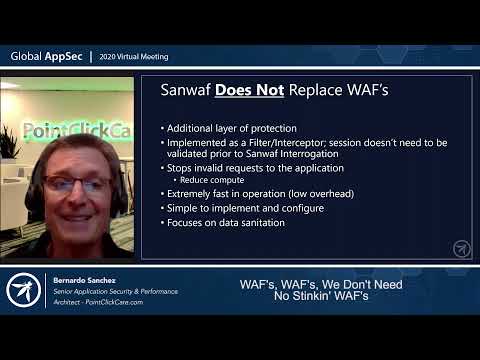Description:
Explore the evolution, purpose, and limitations of Web Application Firewalls (WAFs) in this 38-minute OWASP Foundation conference talk. Learn about WAF bypassing techniques and discover Sanwaf, an application-level security control. Dive into Sanwaf's structure, functionality, and implementation, including global settings, shield settings, regex settings, and metadata settings. Examine various datatype examples and performance considerations. Gain insights on sanitizing data, implementing filters and logging, and handling error messages. Access a sample application and learn where to find Sanwaf for implementation in your own projects.

Extending WAFs at the Application Layer
Add to list
#Conference Talks
#Programming
#Domain-Specific Languages (DSL)
#Regular Expressions
#Web Development
#Web Application Security
#Information Security (InfoSec)
#Cybersecurity
#Web Security
#Web Application Firewalls